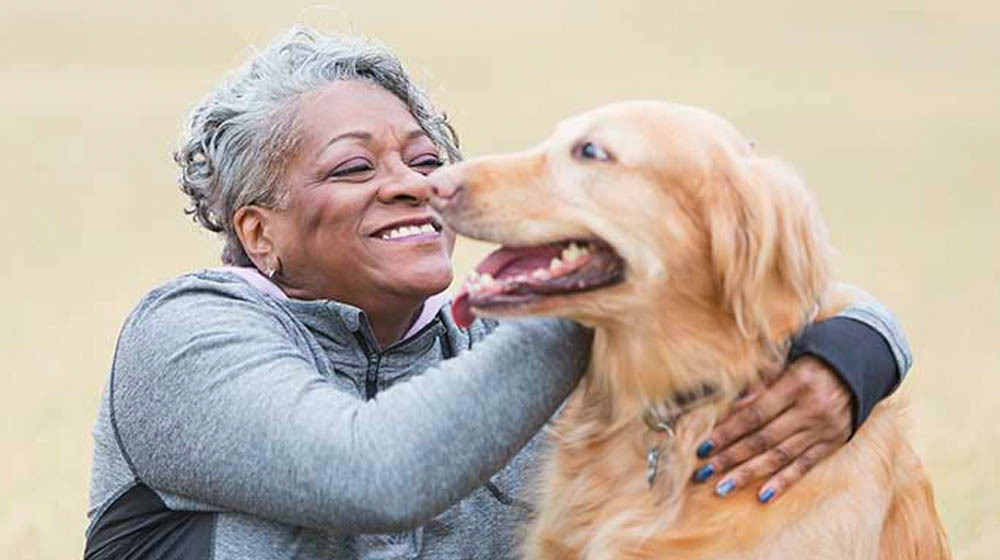Moving internationally is exciting but it requires careful planning. There’s a myriad of details to work out like visas, packing, shipping, and flight expenses to name a few. Planning early is doubly important if you’re bringing your pet along. Here we’ll cover how to move internationally with your pet while keeping stress and discomfort to a minimum.
Research Your Destination’s Pet Import Laws
Many countries have strict requirements regarding the importation of pets. Most have to do with health, quarantine, customs, and required certificates. Check with the embassy of the country you plan to move to for any specific requirements they may have.
For example, if you plan to move your pet from the U.S. to the United Kingdom, an EU Pet Passport is required along with two health certificates with original ink signatures. One from a USDA Accredited Veterinarian, and the second from an APHIS Veterinary Medical Officer. Additional requirements will apply as well.
For more information on taking your pet from the U.S. to a foreign country, visit the United States Department of Agriculture’s APHIS information page. Choose your destination country from the dropdown list.
Get Cleared by a Vet
Your destination country may have specific health regulations that must be followed before your pet can enter the country. One requirement is a signed health certificate obtained from a USDA Accredited Veterinarian. Your vet should be familiar with the required vaccines, microchip requirements, and mandated waiting or quarantine periods at your destination.
Your vet will make recommendations concerning your pet’s particular needs and requirements for overseas travel. Young or elderly pets or those that become easily agitated should not ride in cargo. Your vet may recommend an anti-anxiety medication to help calm your pet during transit. He or she will also assist you in meeting any health requirements dictated by the destination country.
Important Reminders:
- Health certificates must be accurate, complete, and easily readable.
- Failure to meet the necessary requirements may result in problems gaining certificate endorsement or difficulties upon pet arrival.
It’s your responsibility as the pet owner to make sure your pet has fulfilled the requirements of the destination country.
Consider a Pet Relocation Service

If the process of moving your pet internationally feels overwhelming, pet relocation services are available to assist. Pet relocation companies such as PetRelocation, Happy Tails Travel, Inc., and the International Pet and Animal Transportation Association can help you with most everything that is required to ensure your pet has a successful arrival. Most pet relocation services offer complete door-to-door moves for worried ‘pet parents’.
Pet relocation services usually include the following services:
- Work with pet owners to meet pet import processes and requirements
- Select and book the best flight for your pet
- Pick up and deliver the pet on moving day
Consider Timing and Logistics
The process for moving a pet internationally can be as long as six months in some countries. Start early so missing paperwork won’t delay your pet’s arrival in its new home. Pay close attention to required documents, timing, and the steps required. Keep in mind there may be a waiting period before you and your pet can fly to avoid quarantine in the destination country.
Don’t wait to make your pet’s travel arrangements. The consequences of last-minute planning can range from additional fees to the airline denying your pet’s boarding, to the return of your pet to the original city of departure.
The USDA provides a pre-travel checklist for obtaining an international health certificate for pets, for your convenience.
Contact Your Airline for Specific Rules
Each airline has its own policies for the proper transportation of pets and animals, so it’s important to check with the airline you intend to use. Below are a few policies you will likely encounter when moving your pet by air and some tips for traveling by air with your pet.
-
A small pet may be transported in a carrier on board if accompanied by an individual traveling to the same destination. Some carriers require an extra baggage fee for this service.
-
Unaccompanied pets may be shipped as cargo and are required to be held in pressurized holds.
-
Airlines usually require a signed certificate of health, which certifies the pet is healthy. Have your vet examine your pet within 10 days of the flight to obtain this important document.
-
Make sure you reserve a space for your pet in advance and ask about the proper time and location for drop-off and pick-up.
-
Do not feed your pet solid food six hours prior to the flight. A preflight drink of water and a short period of exercise is recommended.
-
A non-stop flight is best. Avoid multiple connections and busy weekend and holiday flights.
-
When you board the plane, inform the flight attendant you have a pet with you, or that your pet is in cargo.
-
Make sure your pet is wearing a tag listing your contact information. Write your name, address and phone number on the kennel as well. Attach a tag to the kennel listing your new address. Bring a photo of your pet with you in case it gets lost.


